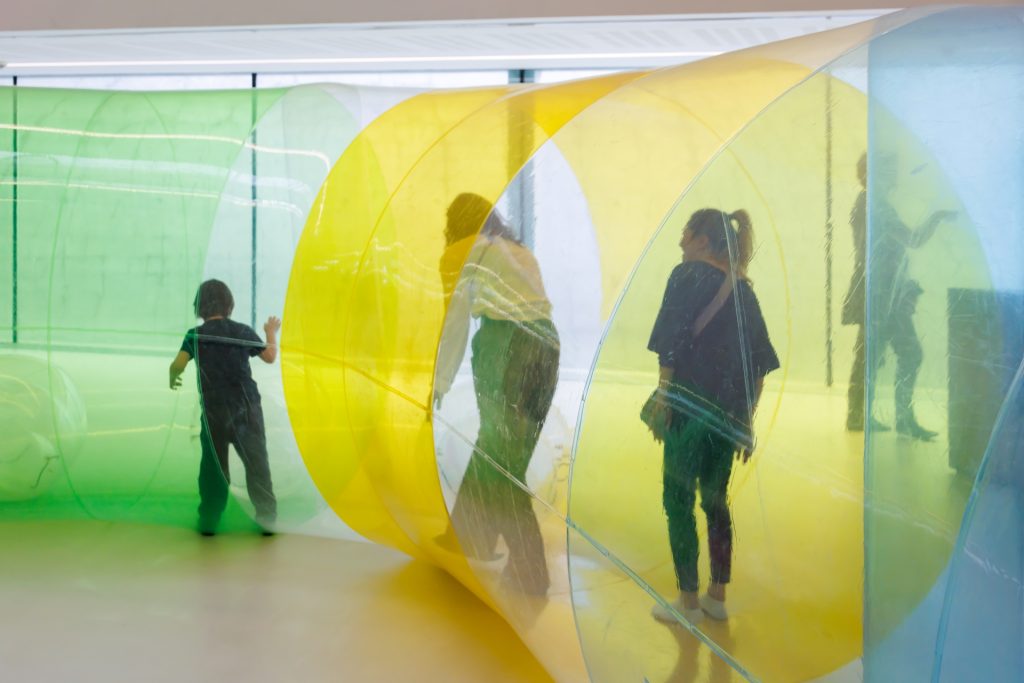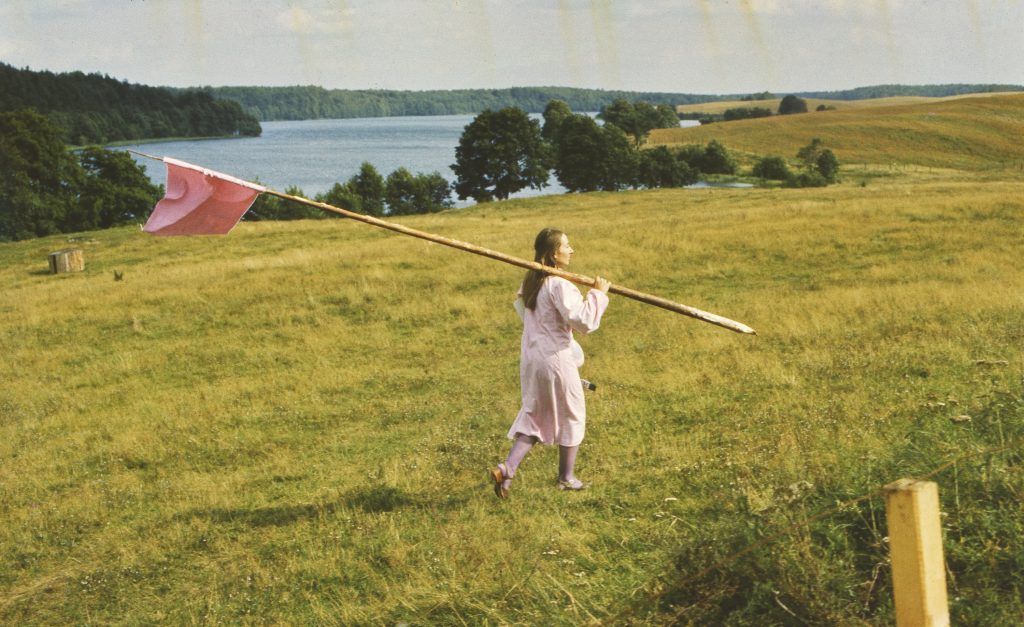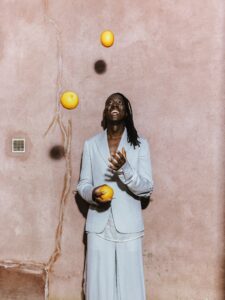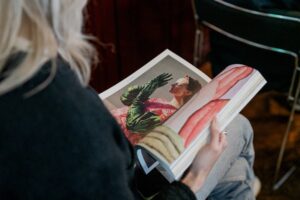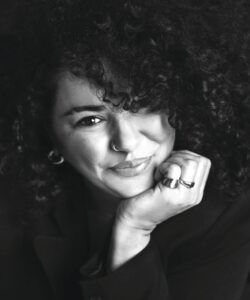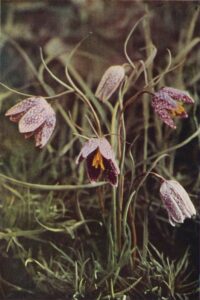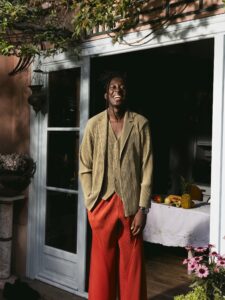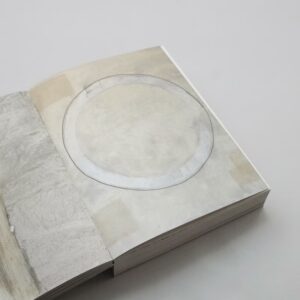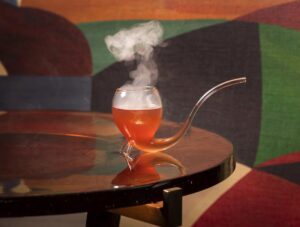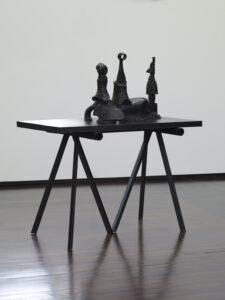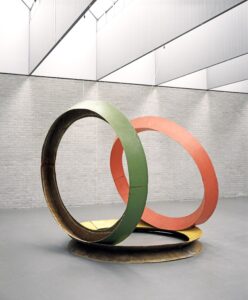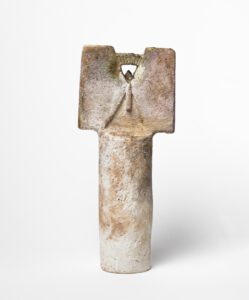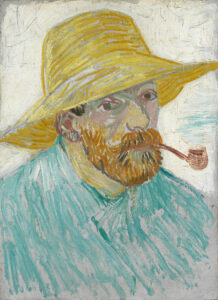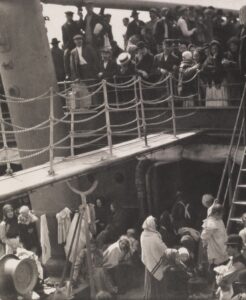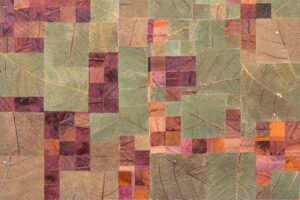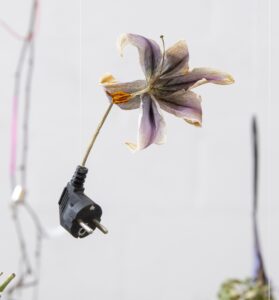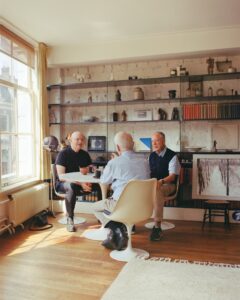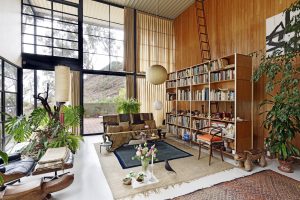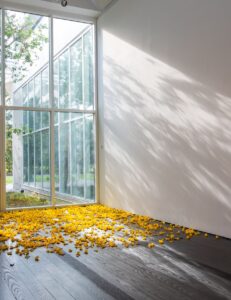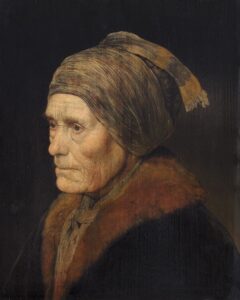Rome Revisited
A guide by Jessica Collins and Iwan Baan
But instead of arriving at a holy place and returning to home life, Baan and his wife, writer Jessica Collins, along with their children, found themselves reunited in Rome. ‘We laughed around these tables; ate breakfast in these beds; played hide-and-seek in these places, and filled our sketchbooks in these galleries.’
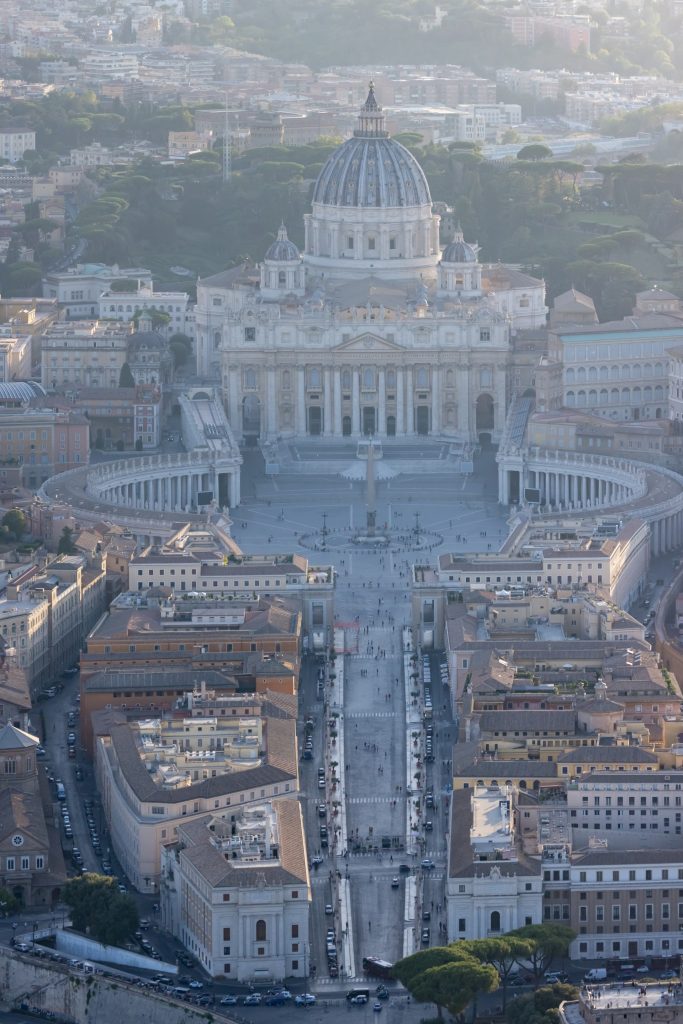
1. Rosati
The first time we went to the iconic Rosati, they took one look at Iwan’s suede New Balance’s and refused to give us a table. This time he slipped on his leather boots and I swiped a stick over my lips and we got a perfect seat. For nearly 100 years, the greatest names in literary and artistic culture have frequented this classic Roman institution in the heart of Piazza del Popolo. Our kids recommend the bruschetta pomodoro; tortellini alla bolognese and a coppa di gelato Rosati.
2. Spanish Steps
2. Spanish Steps
Our best tip is to play a round of eye-spy while dodging the ‘no-sitting’ police at the Spanish Steps.
3. Atelier Bomba
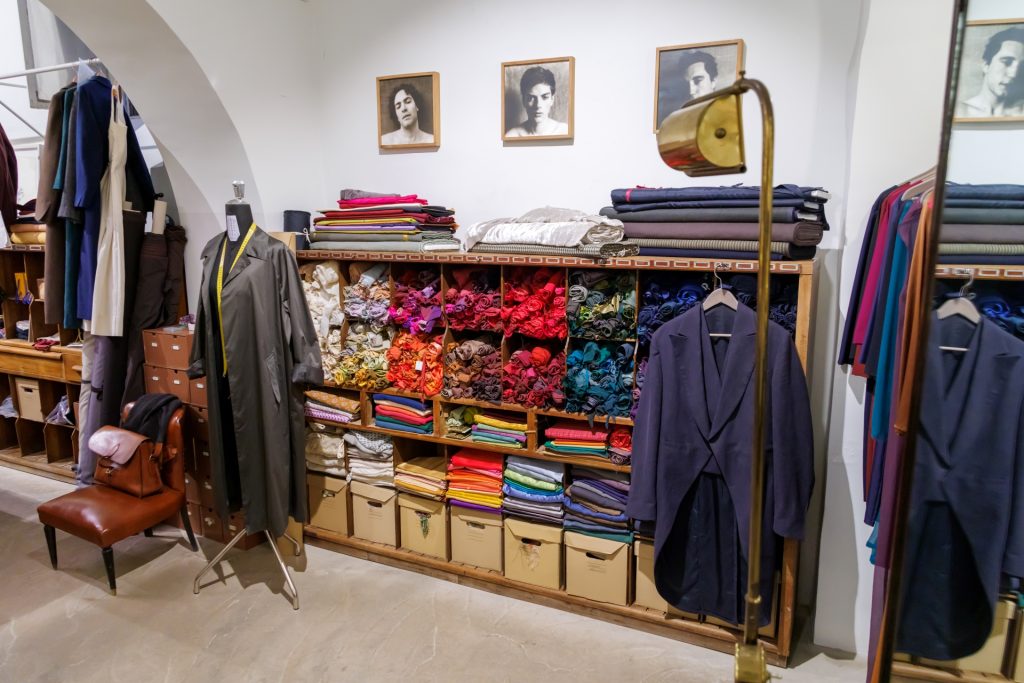
At Atelier Bomba, displays of woolen fabrics in the colours of earth, tall grasses, falling leaves, and sky hang like wallpaper in an artist’s home. This is autumn, in a boutique. In 1980, Cristina Bomba founded a store and cantina which has evolved into the boutique now run by her children, Michele Am Russ and Catarina Nelli. Each garment is handmade and sewn by one of their own seamstresses and even the buttonholes are sewn by hand with silk thread.
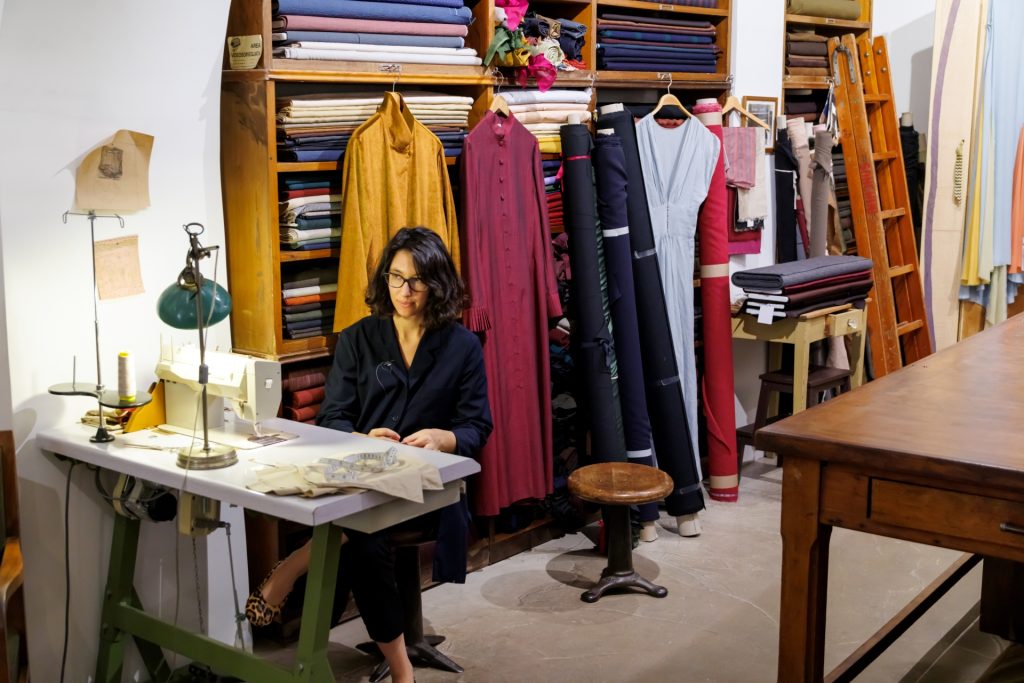
4. Sant’Eustachio il Caffè
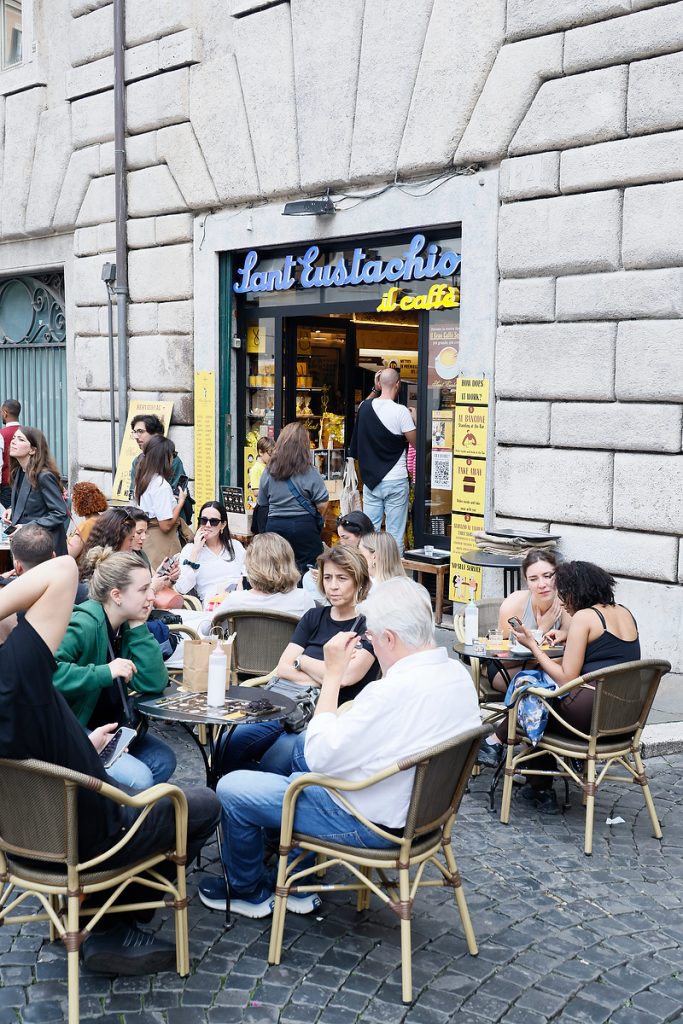
The always bustling Sant’Eustachio il Caffè is an old, wood-fired coffee roastery established in 1938. According to legend, prior to his conversion to Christianity, Eustace was a Roman general named Placidus. While hunting a stag, Placidus envisioned a crucifix between its antlers.
Shocked, he converted to Christianity and changed his name to Eustachio, meaning stable and steadfast. One day, Eustachio refused to make a pagan sacrifice, so the Emperor Hadrian set a lion on him. But the lion only stared at Eustachio, refusing to approach. He was then set free and made his home in the church across the street from the café.
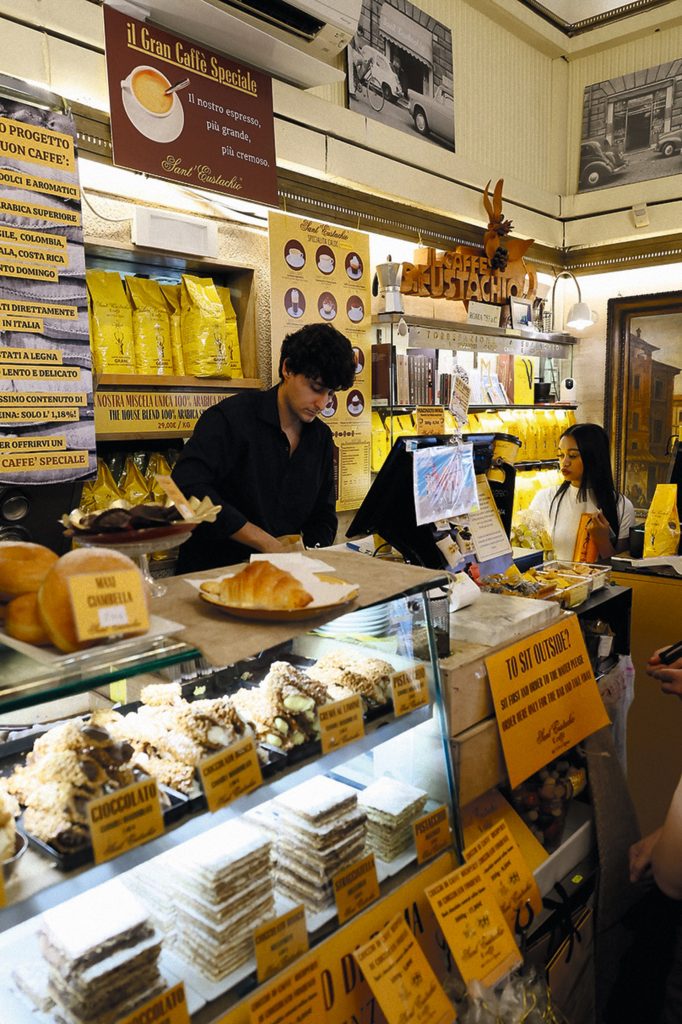
5. Da Edy
This quaint family-run restaurant is named after the owner and serves delicious family-style dishes. We ordered the carciofi alla Romana (Roman-style artichoke), knowing that Romans have been eating artichokes with mint, garlic and lemon since Ancient Egypt.
‘From the dome of St. Peter’s one can see every notable object in Rome… He can see a panorama that is varied, extensive, beautiful to the eye, and more illustrious in history than any other in Europe’
6. Colosseum/ Pantheon/ Vatican
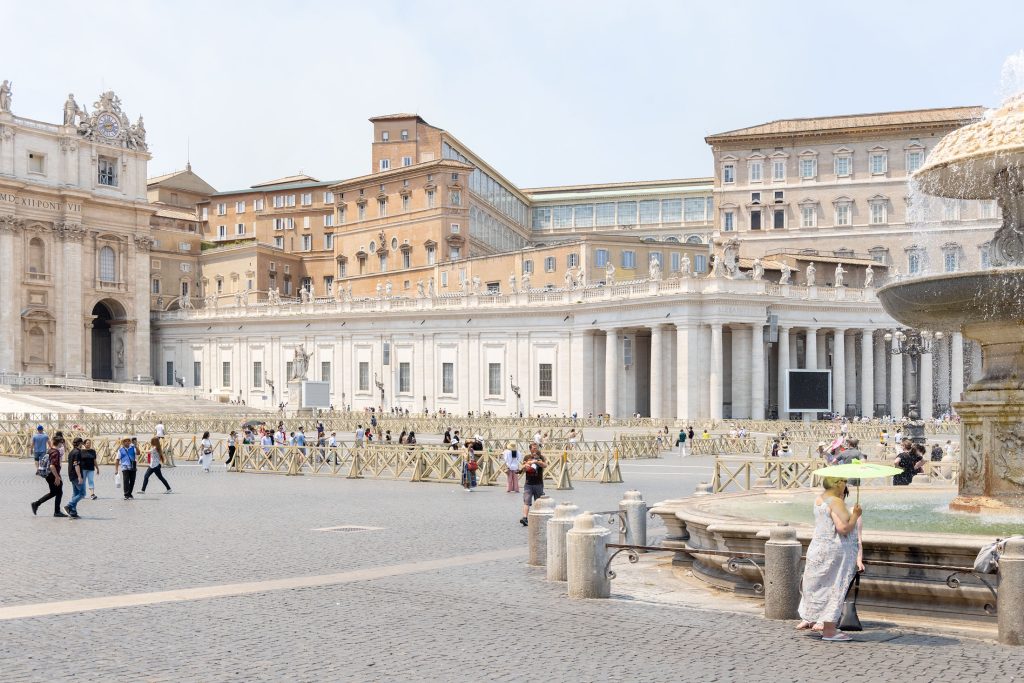
If Rome were a character in a contemporary Hollywood movie, the Eternal City would be Ken after he goes to the Real World in the Barbie movie. And while for this list we considered skipping over these heavy hitters, you really shouldn’t go to Rome without seeing them. The Pantheon represents the greatest expression of Roman glory. The Colosseum brings the power, brutality and ingenuity of the empire. And the Vatican combines it all.
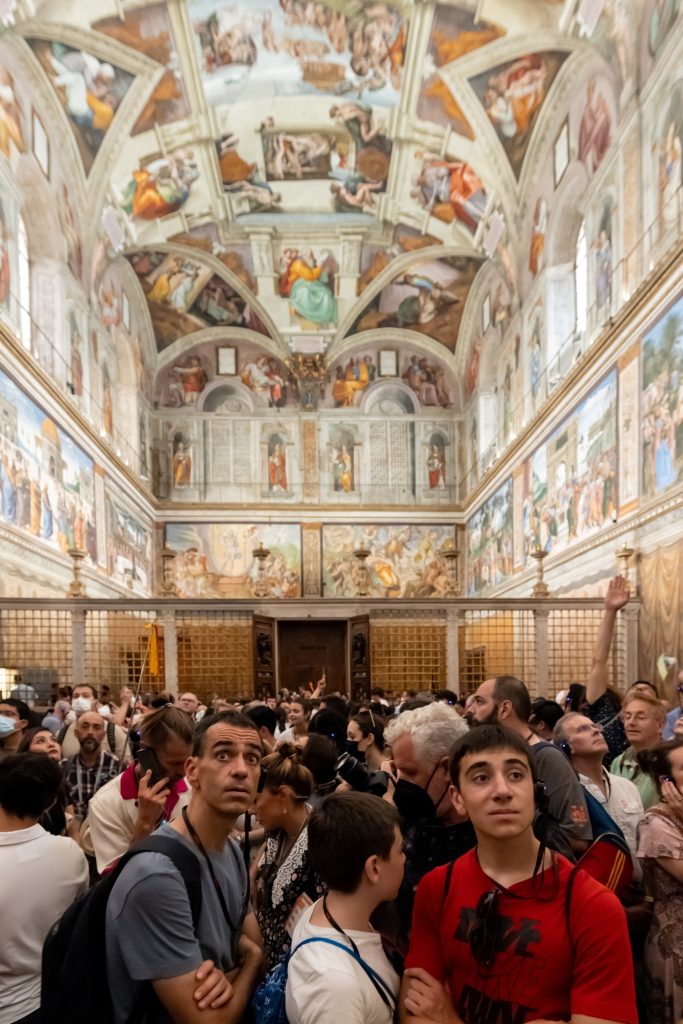
7. Hotel Locarno
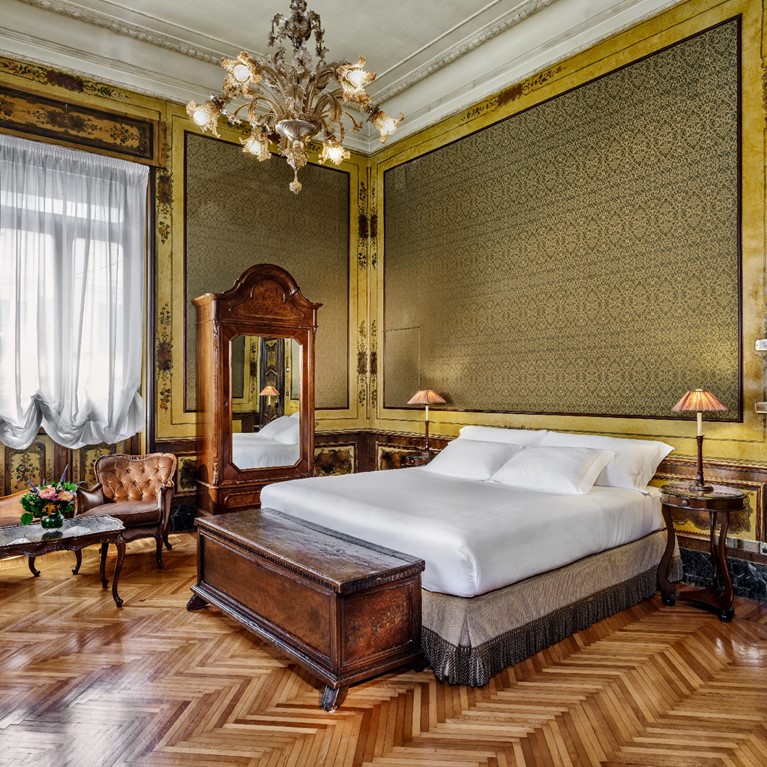
Since its opening in 1925, celebrities, artists, writers, and filmmakers have been found in this city hideaway, lounging on brocade loveseats near the fireplace or conversing over cocktails at the timeless Bar Locarno. The morning after a late night with friends at Terrazza Canossa, slowly make your way to the garden for slow-cooked scrambled eggs and freshly squeezed orange juice.
8. Emporio Centrale
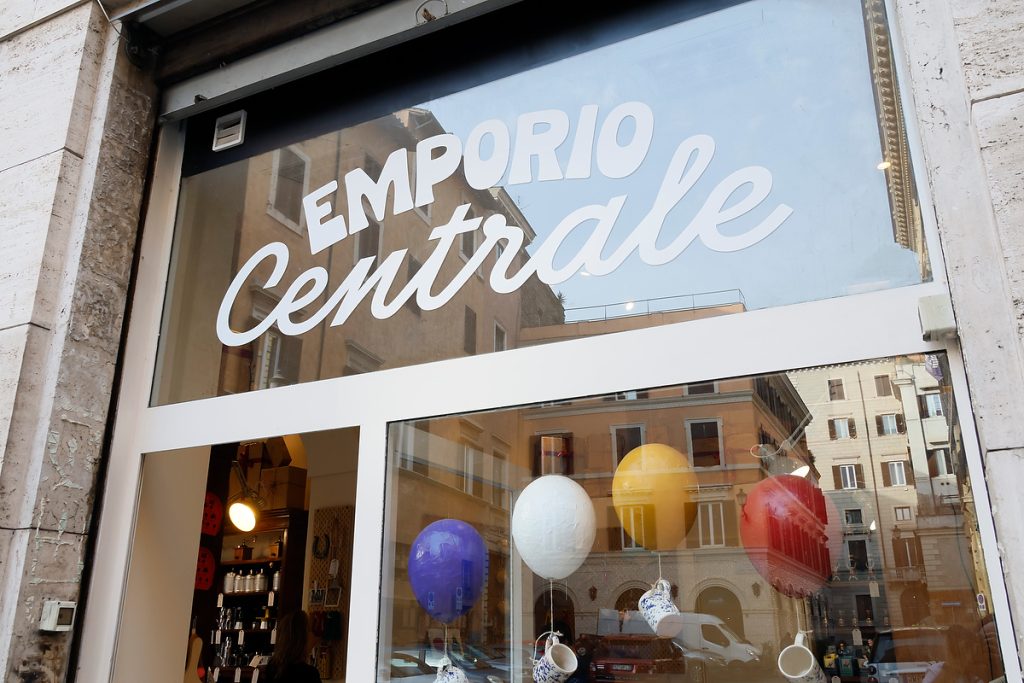
Owners Mikhail and Giulio have curated a shop full of everyday Italian objects that are still made in the same way since the 1900s. Each item has a story and is accompanied by a hand-written label that describes the name of the item and region it comes from. We love the Forbici Cicogna (Storking Scissors) that are perfect for cutting the finest and most hidden strings, but were once used in Italian hospitals to snip the umbilical cords of newborns.
9. Litografia Bulla
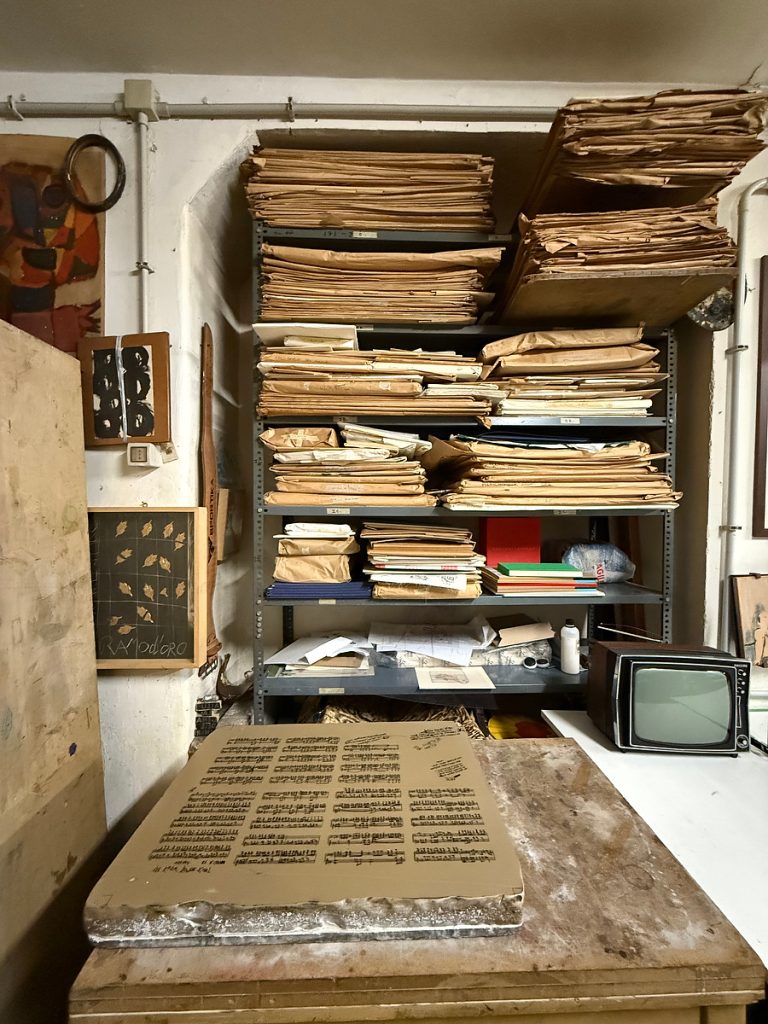
Litografia Bulla is the oldest artists’ lithography studio still in operation. For nearly 700 years, this studio has been run by the same family, and is now led by five female descendants who follow the sixth and seventh generation of printers. These women continue to keep the technique alive by experimenting with contemporary artists in the production of multiples, artists’ books and limited editions prints.
10. Campo de’Fiori
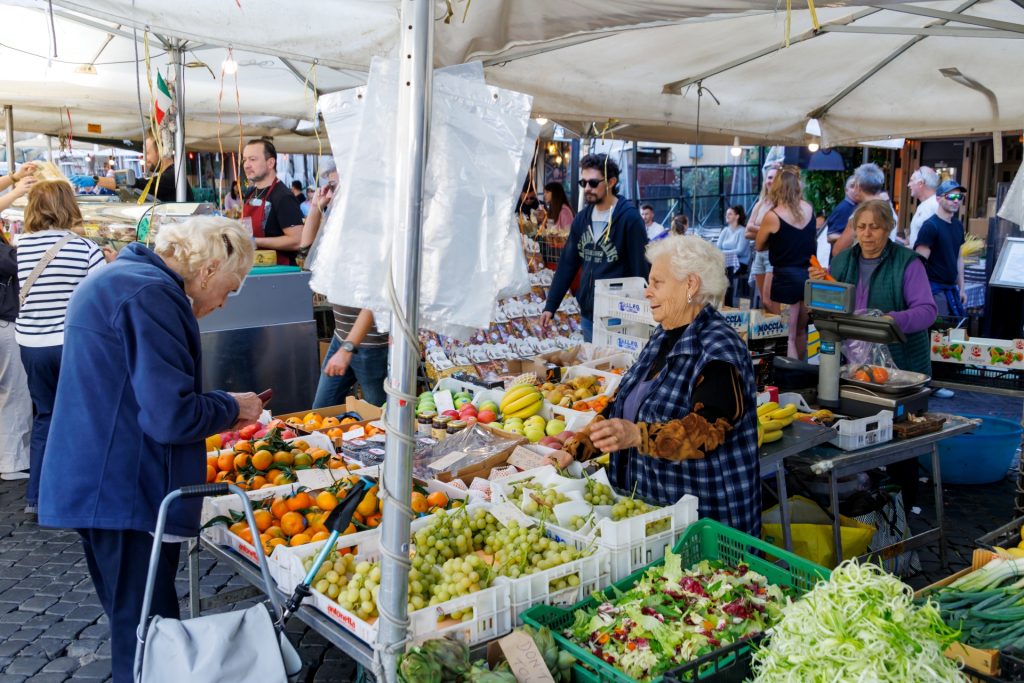
10. Campo de’Fiori
Like many touristy parts of Rome, Campo de’Fiori – one of the city’s oldest farmers’ markets – has two souls. The old soul glides through the market with its grocery list in hand and heads straight to the inner core, filling its basket with porcini and tartufo bianco (white truffles) from Piedmont. And then you have the tourists who grip their fanny packs while eyeballing the bouquets of swiss chard and radicchio. It’s best to get
there early and avoid the vendors on the perimeter of the market who mainly cater to tourists.
11. Villa Borghese
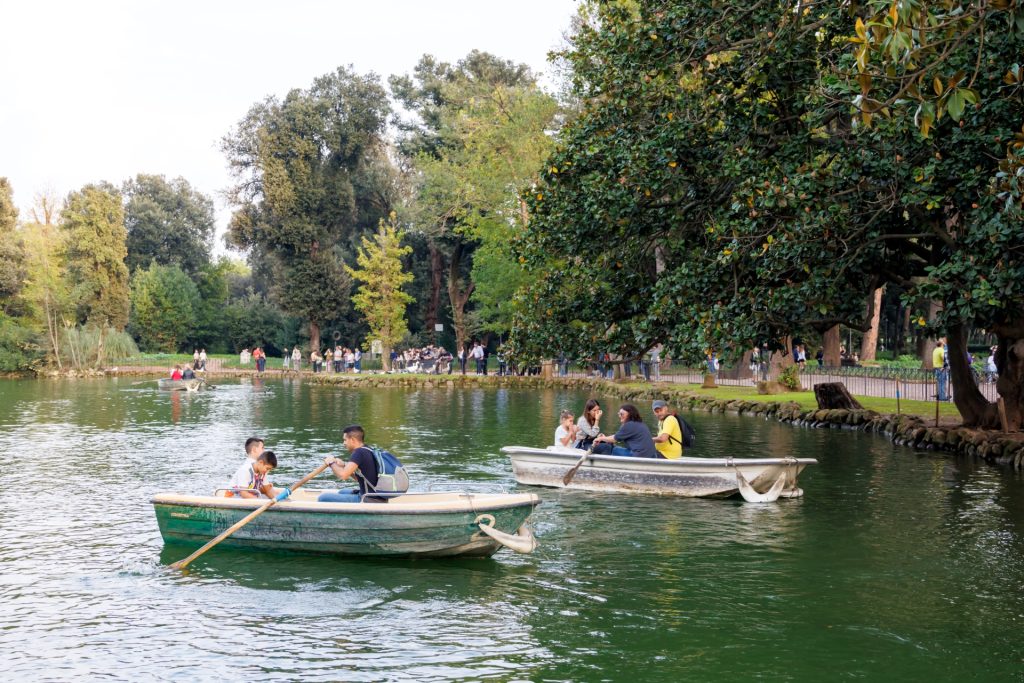
Villa Borghese Gardens has been with us through many seasons of our family life. We’ve been an expecting couple, frolicking up the steps from Piazza del Popolo to Pincio Terrace to watch the sunset over Rome. A few years later, we’d push the baby in the stroller through Bioparco – the city’s hundred-year-old zoo. And on this trip, we made a pilgrimage to the Temple of Aesculapius and rowed along on the charming lake.
‘I am very familiar with architecture, the history of architecture, the history of sculpture, the history of painting, the history of literature, and my work is the sum of all of this knowledge.
12. Galleria Lorcan O'Neill
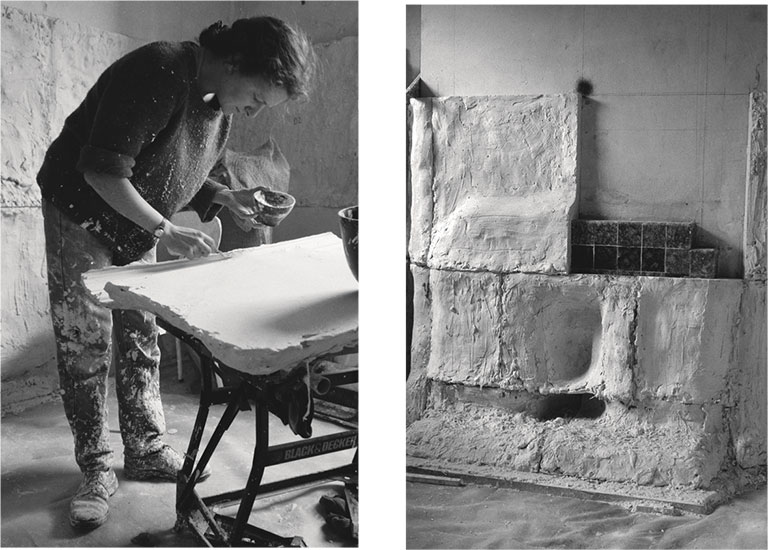
A few charming blocks from Campo de’Fiori is the Galleria Lorcan O’Neill. The gallery is housed in a large 17th-century building with an idyllic and what feels like a soundproof courtyard. We caught the Rachel Whiteread exhibition that featured her latest works in paper-mâché and resin sculptures.
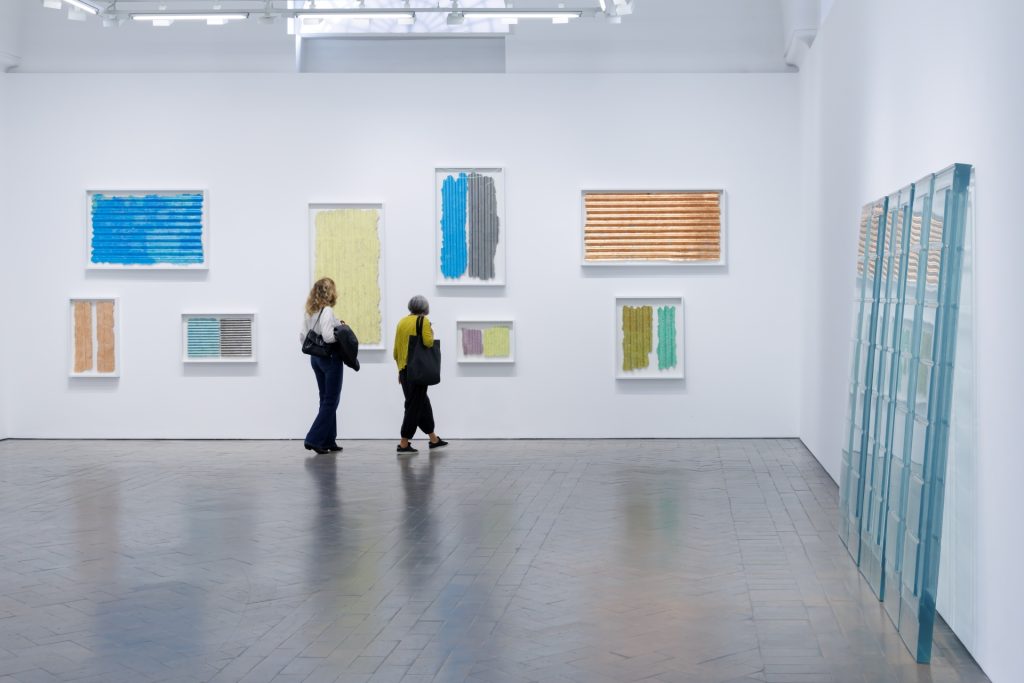
13. MAXXI
As the first national museum of contemporary art in the country, the MAXXI National Museum of 21st Century Art is a place to return to over and over again. The museum – built upon the site of a former military barracks and designed by the late Zaha Hadid – unites interior and exterior spaces through bridges, a glass roof and wave like concrete walls. Opening 5 December 2024 is L’Italia in Movimento, Autostrade e Futuro, where Iwan will be exhibiting his photo series on the Italian Autostrade, on the occasion of the centenary of the construction of Italy’s first motorway in 1924.
